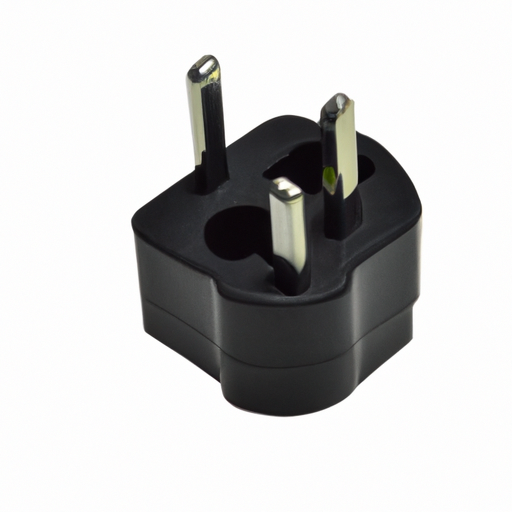Product standards for plugs are essential to ensure the safety and functionality of these common electrical devices. Plugs are used to connect electrical appliances and devices to power sources, and they come in various shapes and sizes to accommodate different types of outlets. In this article, we will discuss the product standards for plugs, including the different types of plugs, safety requirements, and testing procedures.

There are several different types of plugs used around the world, each designed to fit specific types of outlets. The most common types of plugs include:
- Type A: This is the standard plug used in North America and Japan. It has two flat parallel prongs and is designed to fit into Type A outlets.
- Type B: This plug is also used in North America and Japan but has an additional grounding pin. It is designed to fit into Type B outlets.
- Type C: This plug is commonly used in Europe, Asia, and Africa. It has two round prongs and is designed to fit into Type C outlets.
- Type D: This plug is used in India and has three round prongs in a triangular configuration.
- Type G: This plug is used in the United Kingdom, Ireland, and other countries. It has three rectangular prongs in a triangular configuration.
Safety Requirements
Product standards for plugs include various safety requirements to ensure that they are safe to use and do not pose a risk of electrical shock or fire. Some of the key safety requirements for plugs include:
- Insulation: Plugs must have adequate insulation to prevent electrical current from leaking and causing a shock. Insulation materials must be heat-resistant and durable.
- Grounding: Plugs with grounding pins must have a reliable connection to the grounding system to prevent electrical shocks in the event of a fault.
- Durability: Plugs must be durable and able to withstand regular use without breaking or becoming damaged.
- Compatibility: Plugs must be compatible with the outlets they are designed to fit into to ensure a secure connection.
Testing Procedures
To ensure that plugs meet product standards and safety requirements, they must undergo rigorous testing procedures. Some of the key testing procedures for plugs include:
- Dielectric strength test: This test measures the insulation resistance of the plug to ensure that it can withstand high voltages without breaking down.
- Grounding continuity test: This test checks the continuity of the grounding connection to ensure that it is reliable and can safely conduct electrical current.
- Mechanical strength test: This test evaluates the durability of the plug by subjecting it to mechanical stress, such as bending and twisting.
- Contact resistance test: This test measures the resistance of the plug contacts to ensure that they provide a secure and reliable connection.
- Temperature rise test: This test evaluates the temperature rise of the plug during normal operation to ensure that it does not overheat and pose a fire risk.
Compliance with Standards
Plugs must comply with various international standards to ensure their safety and functionality. Some of the key standards for plugs include:
- IEC 60884: This standard sets out the general requirements for plugs and socket-outlets for household and similar purposes.
- UL 498: This standard sets out the safety requirements for plugs and receptacles in North America.
- BS 1363: This standard sets out the requirements for plugs and sockets in the United Kingdom.
- IS 1293: This standard sets out the requirements for plugs and sockets in India.
Manufacturers must ensure that their plugs comply with these standards and undergo testing by accredited laboratories to obtain certification. Non-compliant plugs may be subject to recalls or bans to protect consumers from potential safety hazards.
In conclusion, product standards for plugs are essential to ensure the safety and functionality of these common electrical devices. Plugs must meet various safety requirements, undergo rigorous testing procedures, and comply with international standards to ensure their reliability and safety. By following these standards, manufacturers can produce high-quality plugs that provide a secure and reliable connection for electrical appliances and devices.